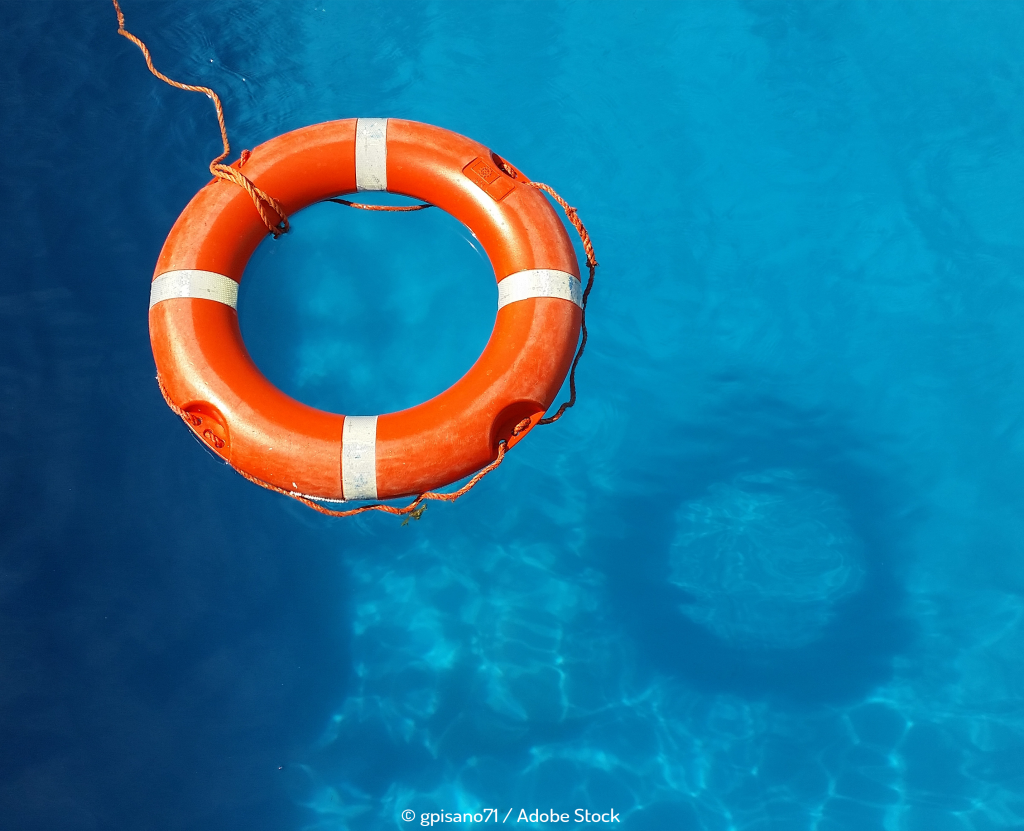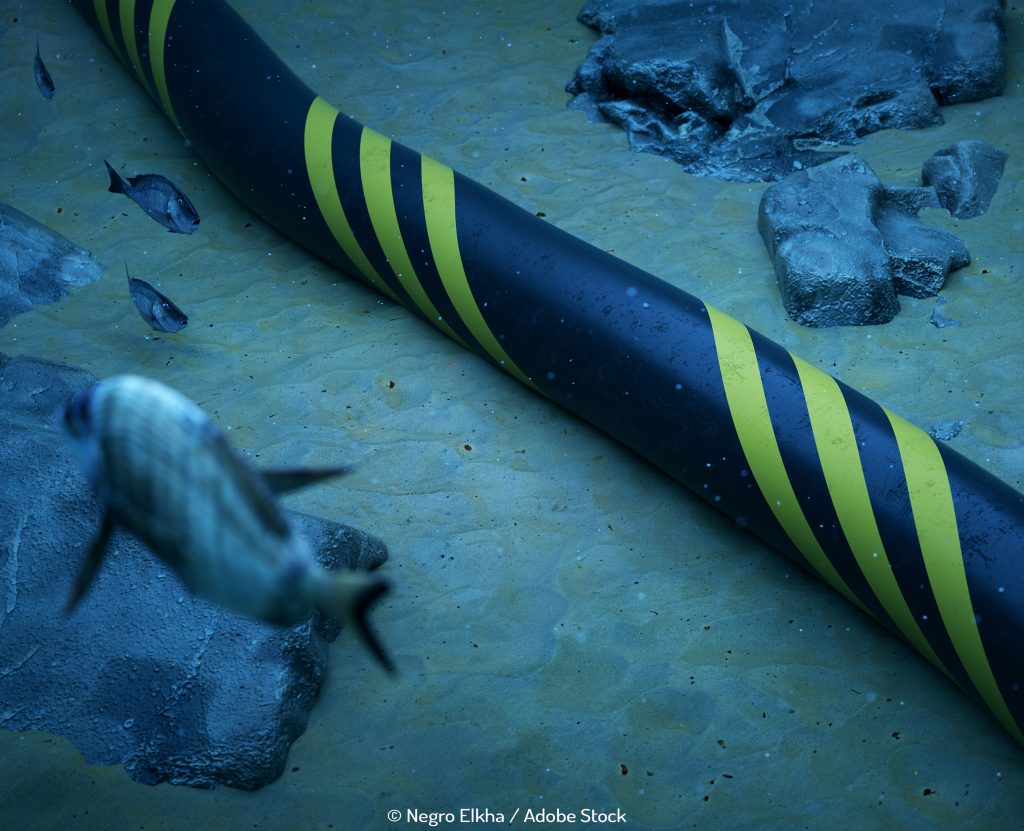
Innovative Robotic Lifeboat Presents Lifesaving Opportunity For Offshore Workers
The hazardous nature of the offshore environment is well-known throughout the industry. However, a Scottish company is seeking to increase safety for workers with their innovative robotic lifeboat.
It’s no secret that boat crews and personnel working on offshore energy sites face a hazardous working environment. With a continuous risk of a man overboard incident, it isn’t surprising that there has been an ongoing effort to find a safety solution that minimises any additional danger to human life. Now, a Scottish company has found the answer – a robotic lifeboat that is an innovative lifesaver.
Known as “Survivor”, this unmanned craft is set to be installed on substations and turbine platforms in order to supply emergency assistance for any crew member who may experience an accident and find themselves struggling in the sea.
The robotic lifeboat has been designed to provide immediate assistance in any far-flung location that would not be easily accessible by emergency services based on land – after all, every moment is precious when a life hangs in the balance. Since offshore energy site maintenance workers and boat crews are typically located over an hour’s travelling time away from the nearest emergency rescue service, this lifesaving vessel could safeguard human lives that would otherwise be lost.
The need to improve safety for offshore wind sector employees has become increasingly prevalent in recent years as the industry is continuing to scale up its operations thanks to a growing demand around the world for clean and sustainable energy solutions.
So, with this in mind, there has been a greater drive than ever before to develop an offshore cohesive survival system that exists beyond vessels themselves to make the offshore wind industry a safer one to work in, and Zelim, a start-up company based in Edinburgh, decided to step into the breach to resolve the problem and came up with the concept of Survivor.
Their technologically advanced vessel is the result of the company’s partnership with Chartwell Marine, the pioneering naval architectural consultancy firm, which put its expertise in the offshore wind sector to good use to resolve new challenges like casualty recovery and free-fall water entry.
Their final result is a robotic craft that can be operated remotely after being launched from heights of up to 25 metres, fitted with two water jets that activate before contacting the water so the vessel cannot drift back into the turbines. Capable of functioning in even rough seas, the vessel can pick up casualties with no risk to the safety of other personnel, saving valuable time that would otherwise be lost in waiting for emergency services to arrive.
With a specially-fitted conveyor belt that helps to retrieve the casualty from the sea, Survivor is equipped with easy-open doors as well as an interior that is environmentally conditioned for optimal protection against the harsh elements.
In its cabin, there is a first aid kit so the casualty can remain safe until help arrives, as well as an effective communications system that is linked with international operators capable of providing appropriate medical advice. There is even a dedicated helicopter pick-up area to facilitate onward rescue.
The Survivor system will not only be a potential lifesaver for workers on offshore wind farms, but it will be capable of providing rescue services 24/7 for any nearby seafarer in difficulty thanks to its integration with the Maritime and Coastguard Agency.
Its creators have said that their innovative solution represents a permanently available and much-needed link the hazardous offshore industry’s rescue chain to help save both passing mariners and workers in distress alike.


